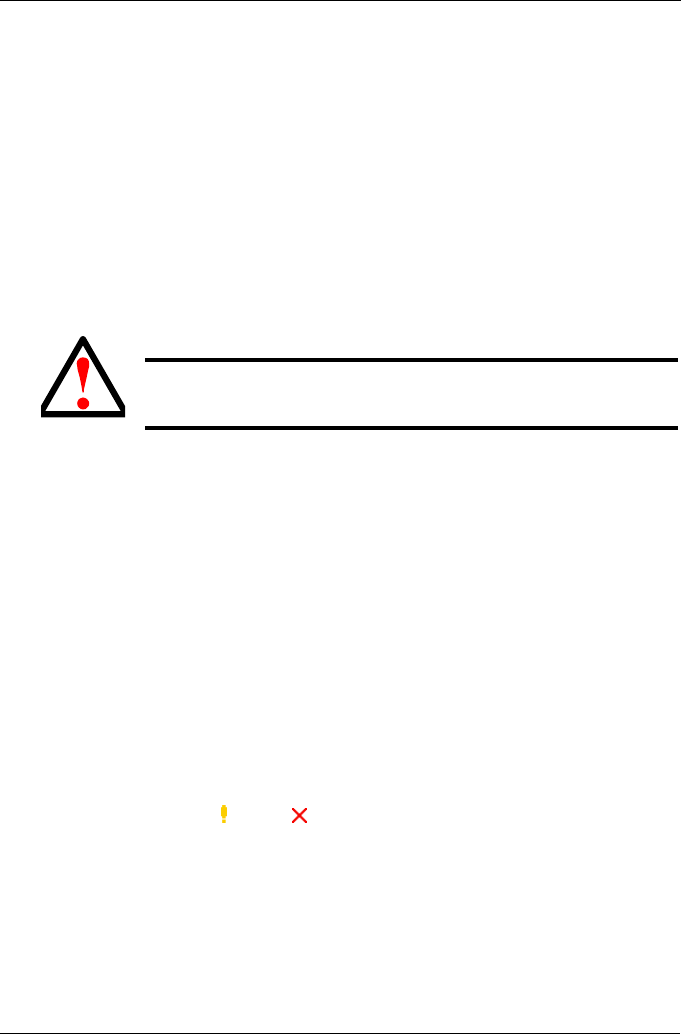
Chapter 6: Technology Background
189
Critical & Offline Logical Drives
A fault-tolerant logical drive—RAID 1, 1E, 5, 6, 10, 50, or 60—goes critical when
a physical drive is removed or fails. Due to the fault tolerance of the logical drive,
the data is still available and online. However, once the logical drive goes critical,
the logical drive has lost its fault tolerance, and performance may be adversely
affected.
If the fault was caused by a failed drive that was removed, the drive must be
replaced by another drive, either identical or larger, in order for the RAID system
to rebuild and restore optimal configuration.
If your fault-tolerant logical drive—RAID 1, 1E, 5, 6, 10, 50, or 60—goes offline,
contact Technical Support. See page 197.
A non-fault tolerant logical drive—RAID 0—goes offline when a physical drive is
removed or fails. Since the logical drive is not fault tolerant, the data stored in the
logical drive is no longer accessible.
If one physical drive fails, all of the data on the logical drive is lost. You must
replace the failed drive. Then, if the logical drive had more than one physical
drive, delete the logical drive and re-create it. Restore the data from a backup
source.
When a Physical Drive Fails
The SuperTrak EX Controller provides both audible and visual indicators to alert
you of a physical drive failure. The following will occur when a physical drive fails
or goes offline, WebPAM PRO reports the condition.
WebPAM PRO aids in troubleshooting your logical drives and enclosure by
continuous monitoring and reporting to the User in the following ways:
• Displays yellow !s red Xs in Tree View (below)
Warning
Take no further corrective action until you have consulted with
Technical Support. See page 197.


















